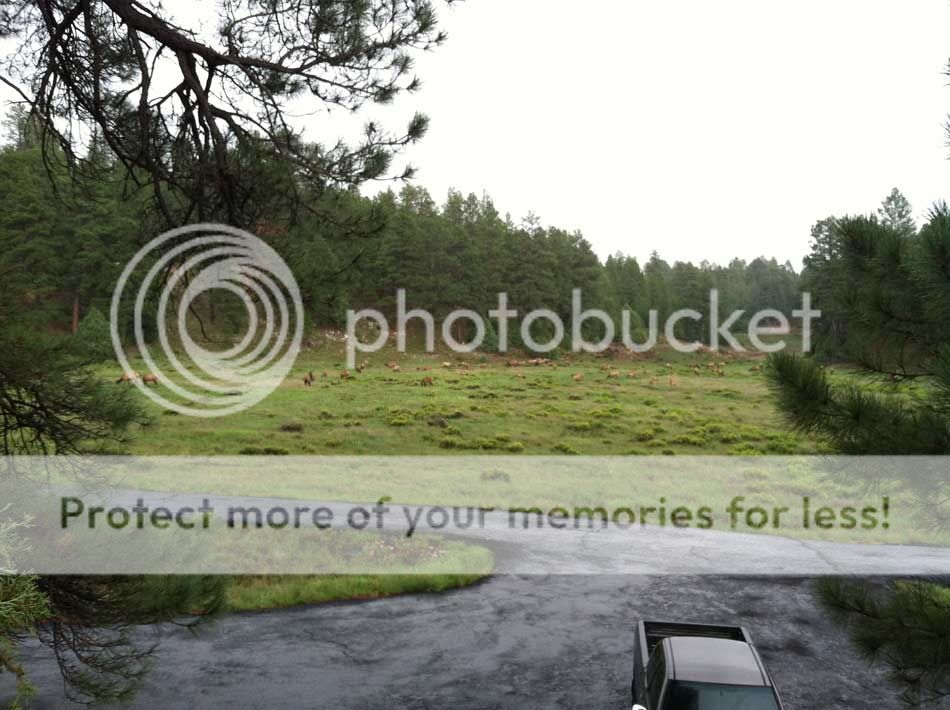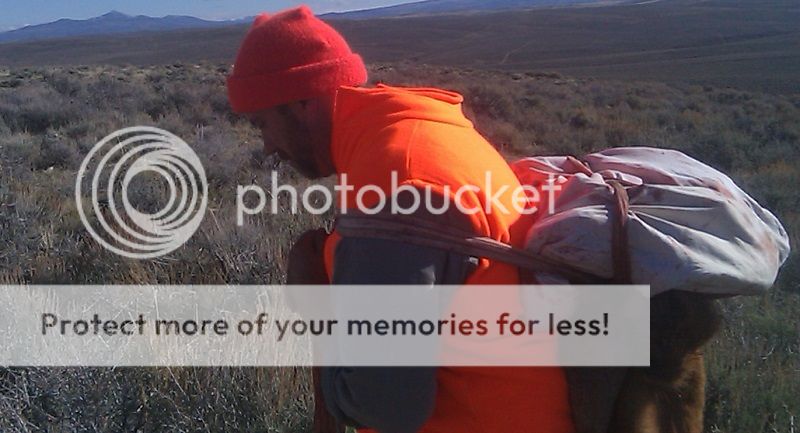How easy are these tags to get.
IF using a muzzleloader, you will obsiously need to be in closer than the other guys.
Some expert assistance may be a good idea if these tags are few an far between.
If they're in the rut, calling them in will get you close enough.
If they're not in the rut, it's going to be much more difficult.
Garb is up to you. I have traditional clothes I wear from time to time.
However, If I am in an area where opportunities are few and far between, I'd use modern camo. If a tag is a once in a decade affair, I will do anything reasonable to be successful. I have a disadvantage to my local deer, no biggie. I can go out next weekend and be assured I will get multiple tags next year.
Check closely with the state regs. They get fishy with muzzleloaders. Even the type of sight you use. They typically say no to scopes and other modern advents. But, check into it anyway. If you gun has a peep sight, they may not like that.
Far as smell goes, Use you own nose as a guide. If your wife complains of the smell in the house, then use something else.
Also, when you call an animal, they tend to come straight at you. When they get closer, call a bit softer and use your hand or point the call so it sounds like she animal is a bit to the side of you. Easier to get a broadside shot.
Even though your using a 54, elk is a ton of muscle. Learn your vital zones well. Find a good chart and look at it every few days for a few weeks.
I highly suggest making a plywood shilouette to practice shooting with.
Also, look into what is a decent shot with a bow versus a powerful modern rifle. Get a blend between good and bad.
You wound an elk it makes a deer look like a slug. they will go to the next county.
Find out well what scouting strategies to use. Possibly even ask a hunting guide if he can spend an afternoon with you scouting a bit in the summer if you're nearby.
Start getting in shape, find good boots and get them broken in, your hunting in mountains, so learn drift in the wind well. Learn to use the local brush as a tell tail of wind.
since your only shooting 100 yards, work on those offhand and kneeling shots good.
Maybe purchase a lead hardness tester. I can imagine too soft a roundball can be bad for deep penetration.
Also, human scent can vary wildly. You will be a mountain athlete going after these critters. Find a blend of clothing to keep you warn and dry, but not too warm when climbing. A combination of layers. Also, find a backpack that keep you back aired out. You can get real sweaty with a non ventilated backpack. I personally use a smaller frame pack. Like the cabelas Alaskan outfitter.
Although your traditional, if spending a long time looking through binoculars, cheap ones give you a headache. I find birdwatchers to be the best experts for binoculars. High power is good for counting horns for trophies. But a 7 or 8 power is much better for finding a needle in a haystack so to speak.
You'll be spending a ton of time on foot. Most traditional muzzleloaders are not slinged. I'd buy a sling for yours.
Have a good game plan for packing out meat. I use the frame pack. Put the animal on a tarp,something that big I debone, then put tons of pepper on the meat to scare away the flies.
Be prepared to expect a big bear eating dinner on your harvested game when you come back.
If these tags are hard to come by and your not in the rut, then I would consider bring something than can produce good results beyond 100 yard or so.
Also, real open areas can be even tougher to judge distances. Especially if you're not used to see animals that big in the woods. When scouting practice judging distances when walking from one spot to the next.







